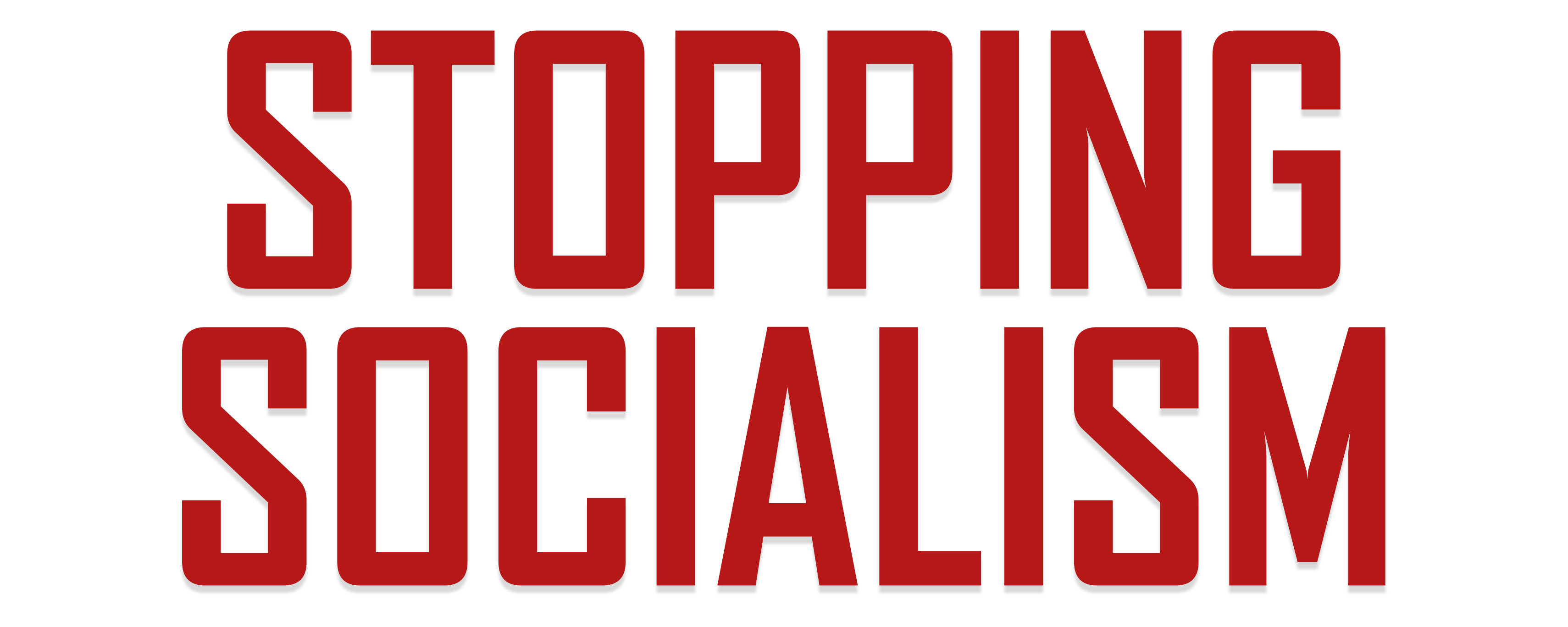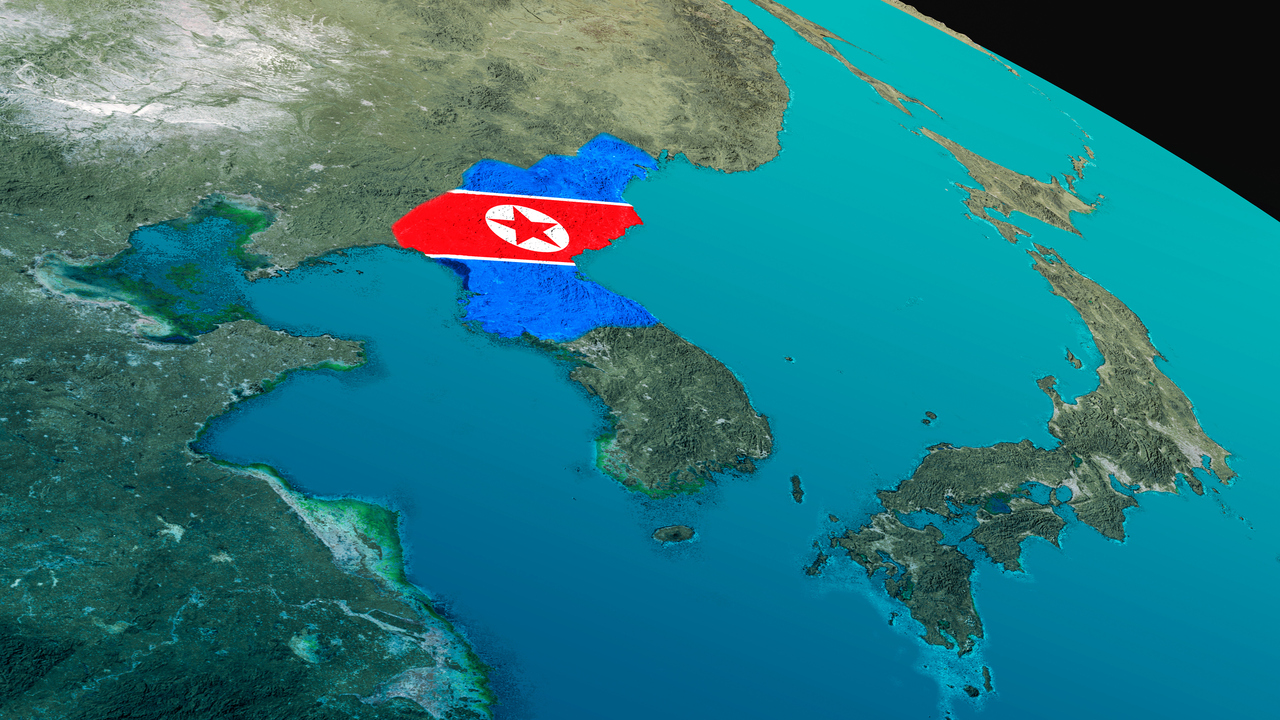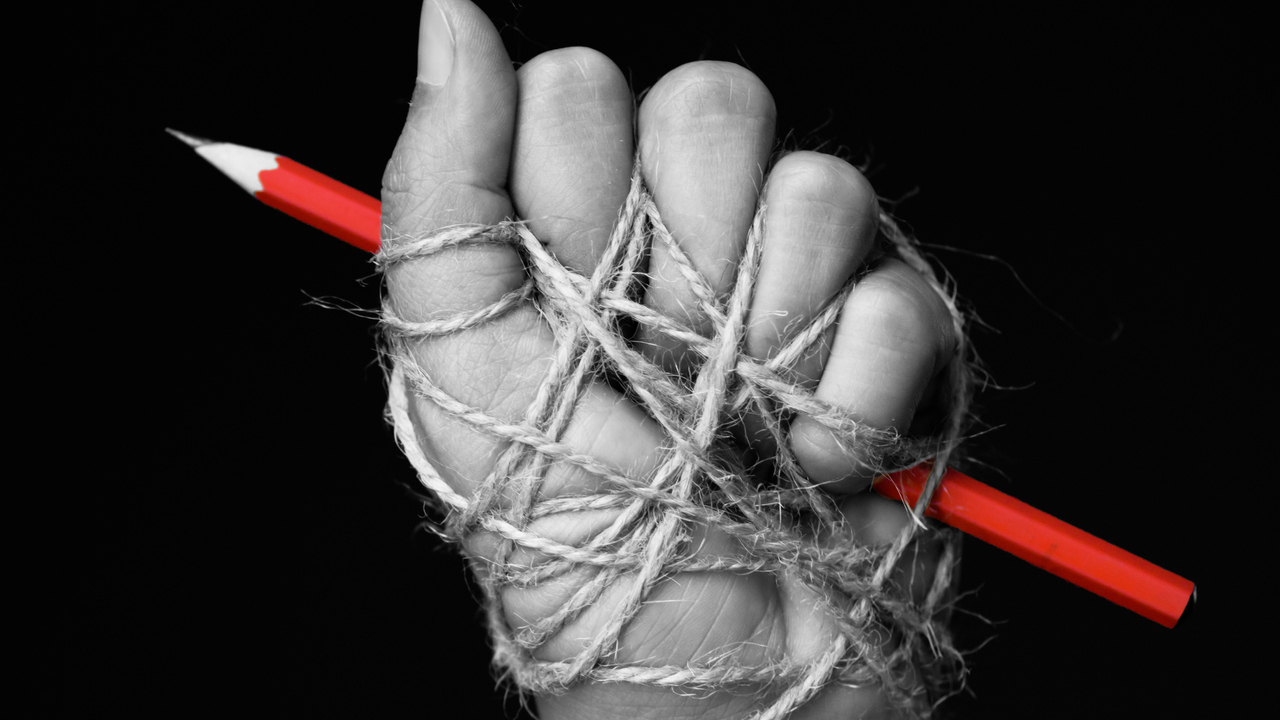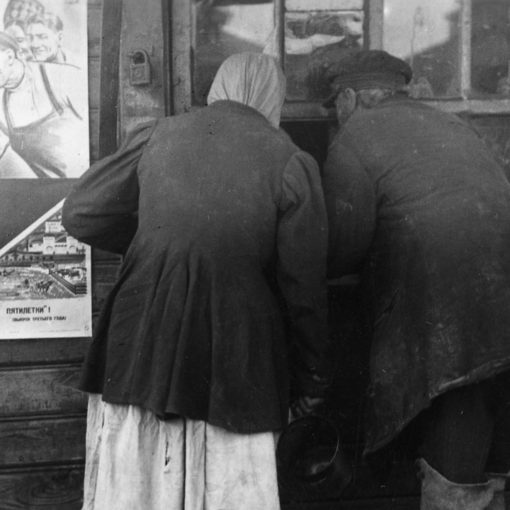From 1910 to 1945, the Korean peninsula, bordered by China to the west and Russia to the north, was occupied by the Japanese Empire, which committed atrocious war crimes upon the Korean people. Following the defeat and unconditional surrender of Japan at the conclusion of World War II, the Korean peninsula was divided into two separate states along the 38th Parallel. North Korea, officially known later as the Democratic People’s Republic of Korea (DPRK), was aligned with the Soviet Union. South Korea, officially known as the Republic of Korea in 1948, was allied with the United States.
Initially, it was believed that the Korean peninsula would eventually be reunified, however, this did not occur as negotiations failed to lead to an agreement. In early 1946, the Soviet Union, which was essentially occupying North Korea, named Kim Il Sung, a fervent socialist and champion of Marxism-Leninism, chairman of the Provisional People’s Committee for North Korea. Shortly thereafter, South Korea elected anti-socialist Syngman Rhee, who vowed to oppose communist infiltration and sought to reunify the peninsula under a democratic government.
On June 25, 1950, North Korean forces, supplied with heavy weaponry, tanks, and aircrafts from the Soviet Union (as well as hundreds of thousands of Chinese troops as the war dragged on), invaded the South in an attempt to reunify the peninsula under a one-party socialist government. Not long after the invasion, the newly formed United Nations took action, supplying South Korea with weapons of war and thousands of U.S. troops. After three years of brutal fighting, both sides agreed to a cease fire. Incredibly, to this day, no peace treaty has been signed between the two nations, making the Korean War the longest war in modern history.
Kim Il Sung (1948-1994)
After the armistice was signed in 1953, Kim Il Sung focused on cementing his power as dictator of North Korea while preaching the ideology of “Juche,” North Korea’s unique brand of socialism that emphasizes extreme nationalism and self-reliance.
Due to the fact that North Korea was devastated during World War II and the Korean War, Kim sought to follow the lead of his Soviet comrades by establishing a command-and control economy and collectivizing all agricultural production.
At first, Kim’s Five-Year Plan (modeled on Stalin’s series of five-year plans) proved successful in rebuilding the devastated North due to abundant aid from the Soviet Union and Communist China. However, over time, the Soviet Union could not continue to subsidize the North Korean economy. As he was losing financial and military support from the Soviet Union, Kim denounced Soviet Premier Nikita Khrushchev, specifically criticizing Khrushchev’s “de-Stalinization” program.
During the mid-1950s, Kim aimed to consolidate his power as the unquestioned and infallible leader of North Korea. To achieve this goal, he ordered giant purges of high-ranking communist officials, creating a climate of extreme terror among the entire population. During this period, at least 30,000 North Koreans were tortured and imprisoned for such petty offenses as “disrespecting” the leader, practicing a religion, owning a Bible, or possessing Western media materials.
As he was inflicting a mass police state upon his people and using the threat of imprisonment and executions to quell any opposition to his regime, Kim also began taking over all economic and political decision-making. By the end of the 1950s, Korean industry and agricultural production began to stagnate, largely due to Kim’s misguided collectivization and nationalization efforts. Because mass collectivization of North Korea’s farms did not allow for local input, grain yields plummeted, resulting in the regime’s hoarding of food supplies and a mass starvation event.
In the 1960s, Kim sought to increase his stranglehold over the population by introducing a caste system. Similar to India’s caste system, which put “untouchables” at the lowest rungs of society, Kim created the “songbun” caste system. Under Kim’s songbun system, Koreans were divided into three separate and distinct groups: “core,” “wavering,” and “hostile.” Those in the “core” group were regarded as loyal adherents to Kim’s Juche ideology, and rewarded with access to education, housing, medical care, and admission to the communist party. Those in the “wavering” and “hostile” classes were denied access to such government services and routinely imprisoned for lack of socialist enthusiasm. Kim’s songbun system remains in place to this day.
While Kim was cracking down on any political opposition and ensuring that all North Koreans behaved according to his will, the nation’s economy began to crumble and the standard of living for ordinary North Koreans (those not intimately connected to the regime) declined precipitously. Some of this was due to Kim’s outsized spending on national defense and military hardware. Some of it was also due to the fact that Kim’s Five-Year Plans (including an ambitious Seven-Year Plan launched in 1961) were utter failures. It also should be noted that his stubborn push for self-reliance under Juche, which led to a vast drop in international trade relations, was a fatal flaw that further impoverished North Korea and resulted in a lack of necessary resources to fuel his vision for rapid industrialization.
In 1972, Kim revealed a new Socialist Constitution, which codified the “socialist state of Juche.” In it, Kim is described as the “founder of the Democratic People’s Republic of Korea and father of socialist Korea” as well as the “peerless patriot and defender of socialist Korea.” By this time, Kim’s cult of personality made him akin to a God.
In Article 1, North Korea is declared an “independent socialist state.” In Article 9, the overriding task of the nation is described as “the complete victory of socialism.” Article 33 states that the entire North Korean economy will be based on Kim’s “socialist system of responsible business management.”
By the late 1970s, the North Korean economy was in freefall and malnutrition was simply a way of life for the masses. As this was happening, Kim Il Sung began to experience a series of health problems, which led to his son, Kim Jong Il, taking on a more prominent role.
Kim Jong Il (1994-2011)
Throughout the 1980s and early 1990s, North Korea experienced more and more hardship as mass famines, droughts, floods, and economic stagnation continued to plague the so-called “Hermit Kingdom.” However, despite the struggles of ordinary North Koreans, those in positions of power lived lavishly.
Kim Jong Il, who succeeded his father as leader of the DPRK in 1994, lived a life of total luxury while his people literally starved to death. It has been reported that Kim Jong Il owned 15 palatial estates, had a fleet of more than 30 high-end cars, possessed more than 10,000 bottles of the world’s best wines, routinely dined on delicacies such as caviar and shark fin soup, had countless mistresses, and an extensive collection of Hollywood films that he would watch in his personal movie theaters.
Needless to say, Kim Jong Il (as well as his father and son) did not live according to the strict rules and spartan lifestyle that he demanded for the vast majority of his people.
While ruling the DPRK from 1994 to 2011, Kim Jong Il declared himself “Dear Leader,” and set out on a mission to make the DPRK military the central powerbase of his regime. This included the pursuit of nuclear weapons and long-range intercontinental ballistic missiles (ICBMs). In 2006, to the world’s chagrin, the DPRK successfully detonated an atomic bomb, making the rogue nation a nuclear power. In the years since, the DPRK has also successfully launched several ICBMs, capable of carrying a nuclear warhead that could reach the continental United States.
In terms of economic policy, the DPRK under the rule of Kim Jong Il suffered massive famines and shortages that wreaked havoc upon the already teetering North Korean economy. It is estimated that at least 2.5 million and up to 3.5 million North Koreans died as a result of the famines that beleaguered the DPRK in the mid-1990s. Like his father, Kim Jong Il relied on central planning, not the free-market, to guide the DPRK economy in the direction that he favored. This included a massive increase in military spending, which consumed 40 percent of the DPRK GDP by the late-1990s while diverting precious resources from the civilian sector to the DPRK military. Kim Jong Il also took great care to preserve his father’s legacy of Juche socialism, refusing to engage in trade with countries (except for China, which the DPRK had become dependent upon after the fall of the USSR in 1991). To this day, the DPRK remains heavily reliant upon China to keep its ailing economy afloat.
Kim Jong Un (2012-Present)
By the mid-2000s, Kim Jong Il was beset with medical problems, paving the way for his third son, Kim Jong Un, to become the next supreme ruler of the family dynasty. Kim Jong Un took power in 2011, officially named, “great successor to the revolutionary cause of Juche.”
After taking the reins of the state, Kim Jong Un ordered mass purges of hundreds of high-ranking communist officials along with their family members, including many of his father’s closest advisors. According to accounts, Kim Jong Un had his political opponents killed with anti-aircraft guns and flamethrowers inside of a public stadium to send a clear message that he was the undisputed leader of the DPRK. As he was consolidating power, Kim Jong Un also ordered the execution of his brother and several of his family members.
Kim Jong Un, like his grandfather and father, believes that military power and the build-up of a nuclear arsenal with long range missiles is key to his remaining in power. As such, Kim Jong Un has invested heavily in arms production, nuclear testing, satellites, and ICBM development.
Under Kim Jong Un, the North Korean economy has continued to stagnate, with rampant poverty and lack of food a persistent problem. Despite his efforts to slightly infuse the DPRK with some free-market reforms, Kim Jong Un remains devoted to his father’s and grandfather’s Juche socialism. According to the United Nations, the GDP per capita for North Korea was an abysmal $654 as of 2021. For comparison, the GDP per capita for South Korea stood at $34,997 the same year. Moreover, South Koreans live more than a decade longer, are on-average five inches taller, and weigh 14 to 16 pounds more than their North Korean counterparts. For North Koreans, cell phones, cars, air conditioning, indoor plumbing, internet access, and so many of the other “essentials” that are common in most countries throughout the world (including South Korea) remain out of reach, unless of course, they are a Party bigwig.
Chris Talgo (CTalgo@heartland.org) is the editorial director and a research fellow at The Heartland Institute, as well as a researcher and contributing editor at StoppingSocialism.com.






